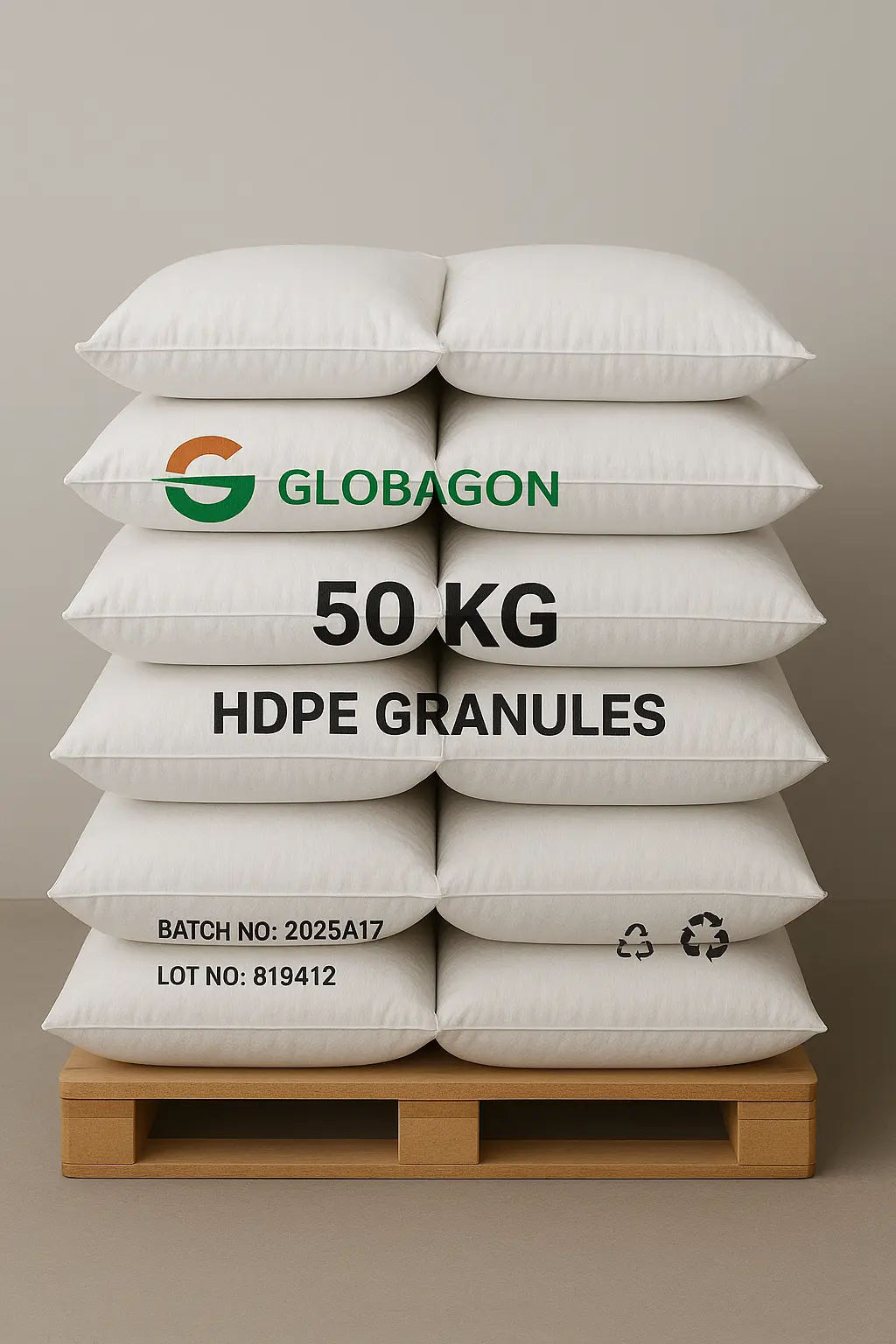HDPE
HDPE (High-density polyethylene)
Globagon delivers HDPE materials engineered to meet diverse customer specifications, providing dependable performance across industrial, packaging, and structural applications. Our HDPE products are designed to withstand demanding conditions, offering excellent chemical resistance, high tensile strength, and durability while maintaining consistent quality. Multiple grades and formulations are available to support processes such as blow molding, pipe extrusion, film production, and injection molding, serving both food-grade and industrial markets. Manufactured with advanced technology and strict quality control, Globagon HDPE ensures reliable compatibility with downstream operations and contributes to the long-term efficiency, safety, and sustainability of end products.
How Does a Distance Piece Work?
The distance piece is a separable housing that connects the compressor cylinder to the frame and plays a key role in isolating internal components. Depending on the application, it can be open or closed and comes in single, double, or extra-long configurations, often with multiple internal compartments to suit specific process requirements.
In non-lubricated service, a longer distance piece is essential for keeping the piston rod area that enters the crankcase separate from the portion exposed to process gas. This separation prevents oil contamination in the cylinder and allows for the use of synthetic lubricants when needed, maintaining gas purity and system integrity.
In compressors handling toxic or flammable gases, the internal compartments of this part help manage packing leakage by containing and directing escaped gas. Leaked gases can be vented to a flare system or controlled with a buffer gas, ensuring safe operation and minimizing environmental risk.
Display
Details
What is HDPE?
HDPE (High-Density Polyethylene) is a thermoplastic polymer produced from petroleum. It is characterized by a linear molecular structure with minimal branching, which results in higher density (0.93–0.97 g/cm³) compared to LDPE. This molecular arrangement gives HDPE its signature strength, stiffness, and chemical resistance.
Key Properties of HDPE
High strength-to-density ratio – strong and durable while remaining lightweight.
Excellent chemical resistance – resists most acids, bases, and solvents.
Low moisture absorption – suitable for applications exposed to water or humidity.
Good impact resistance – maintains toughness even at low temperatures.
UV resistance (with additives) – can withstand outdoor exposure when stabilized.
Melt temperature: ~120–130 °C.
Processing methods: injection molding, blow molding, extrusion, rotational molding.
Common Applications
Piping & Conduits: water pipes, gas pipes, sewage lines.
Containers & Packaging: detergent bottles, milk jugs, chemical drums, caps.
Construction: geomembranes, plastic lumber, sheets, flooring.
Automotive: fuel tanks, interior panels.
Consumer Products: toys, housewares, bins.
Film & Sheet: grocery bags, agricultural films.
Advantages of HDPE
High durability and long service life.
Lightweight alternative to metal or glass.
Recyclable (resin identification code #2).
Cost-effective for mass production.
Limitations
Lower heat resistance compared to PP or engineering plastics.
Can degrade under prolonged UV exposure without stabilizers.
Less flexible than LDPE.









